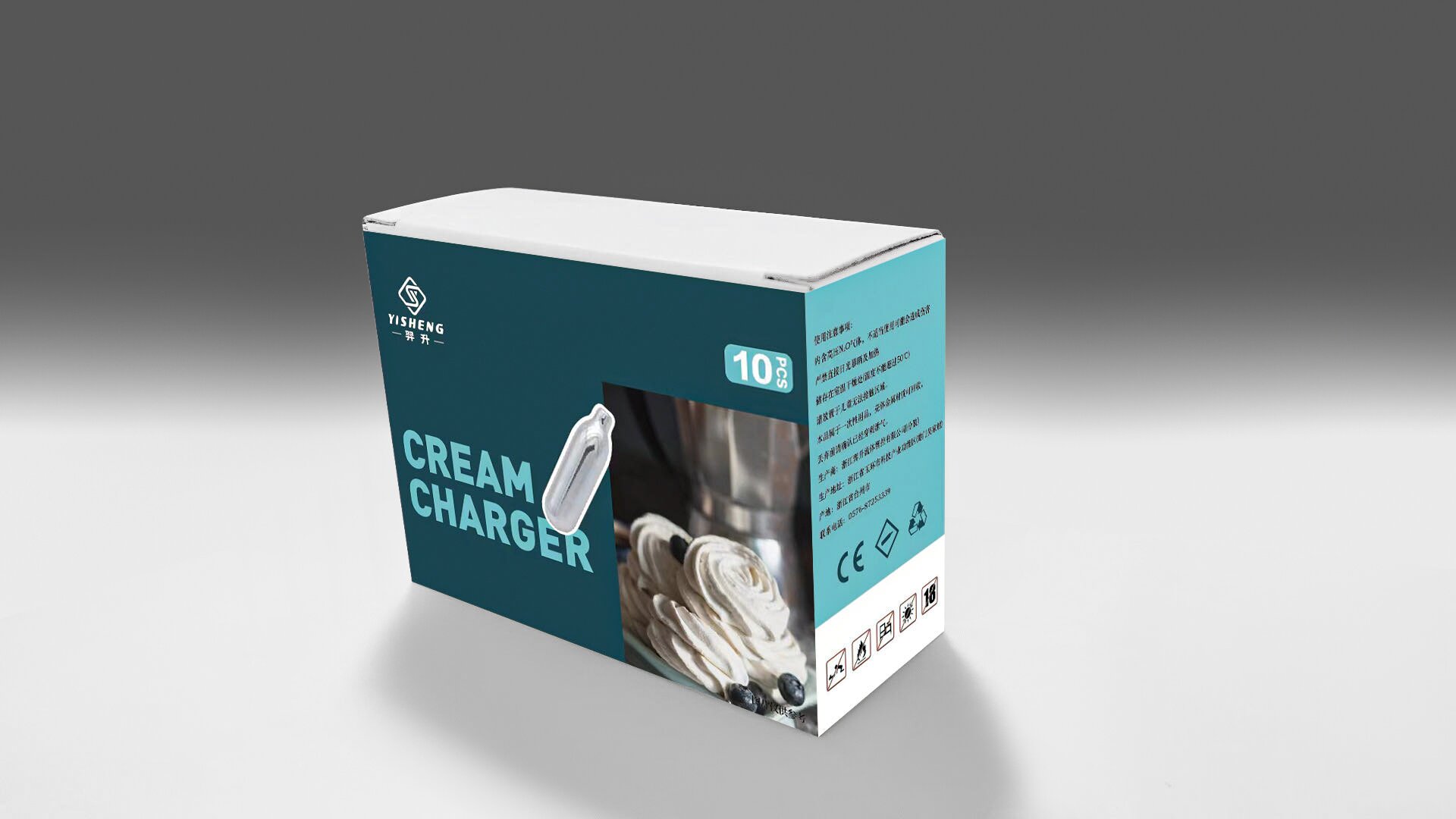The Untold Story of Nitrous Oxide Cream Chargers
If you’ve ever enjoyed a fresh swirl of whipped cream atop your coffee, dessert, or hot cocoa, chances are it came from a nitrous oxide (N₂O) cream charger. Often mistaken as a minor gadget, **nitrous oxide cream chargers** hold significant power behind that airy, luxurious texture we often overlook.
In India, especially with the growing trend of café culture and home baking, the popularity of whipped cream dispensers has surged in recent years. However, many remain unaware of how critical the role N₂O chargers play—not just in food preparation but also in sustainability and even regulatory frameworks.
What Exactly Are Nitrous Oxide Chargers?
Nitrous oxide cream chargers, commonly known as whipping cream bulbs or “whippets," are small steel cartridges filled with compressed food-grade nitrous oxide. These cartridges are used in conjunction with a cream dispenser gun to quickly and efficiently transform liquid cream into smooth, fluffy whipped cream—without any manual beating or aerating.
Beyond cafés and patisseries, they’re popular in home kitchens among chefs, bakers, and DIY enthusiasts. The process is fast, efficient, and delivers consistently creamy textures that rival high-speed blenders or whisk methods.
- Contain compressed N₂O gas under pressure
- Suitable for both heavy whipping cream and alternative plant-based creams
- Maintained under international standards like ISO and HACCP (especially for those entering export or catering businesses in India)
How N₂O Makes Whipped Cream Magical: Science Meets Culinary Art
Whipped cream works because of air bubbles getting trapped inside fatty particles—this is usually achieved through whipping. Nitrous oxide accelerates this scientific transformation instantly. As the pressurized N₂O dissolves into the fat in dairy or non-dairy creams, releasing the trigger causes the sudden depressurization—a chemical phenomenon known technically as 'aerodynamic destabilization,' leading to that instant expansion in volume by trapping nitrogen dioxide (which later converts to atmospheric nitrogen upon release).
The Key Stages
- The cream enters the canister, which locks the charger securely in place
- The chamber gets filled with pure N₂O upon piercing
- Gas diffuses within fat globules and stabilizers (present even in vegan milks now), forming tiny bubbles as released via nozzle
- This produces stabilized mousse-like peaks instantly
Industrial Demand Driving Market Shifts in Asia—Notably India’s Sweet-Loving Population
Key Uses Outside Traditional Baking Sectors
| Field/Industry | Type of Application | Relevance to Indian Consumers |
|---|---|---|
| Mixology / Craft Cocktails | Frothy topping agents in Espresso Martinis or chilled cocktails (e.g., Cold Brew Martini with velvety foam layers) | Coffee culture in Tier 2–3 cities expanding rapidly; cocktail demand increasing in metro nightlife areas |
| Hospitality and Fine Dining | Premium dessert presentation techniques requiring perfect texture control, ideal for fusion dishes | Hotels & gourmet chains rely more than before to differentiate menu aesthetics |
| Non-Dairy Innovation Sector | N₂O enables better aeration for plant-based alternatives like soy, almond, oat, and rice milks | Eco-conscious and lactose-intolerant population is expanding across Indian urban spaces |

